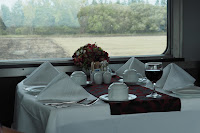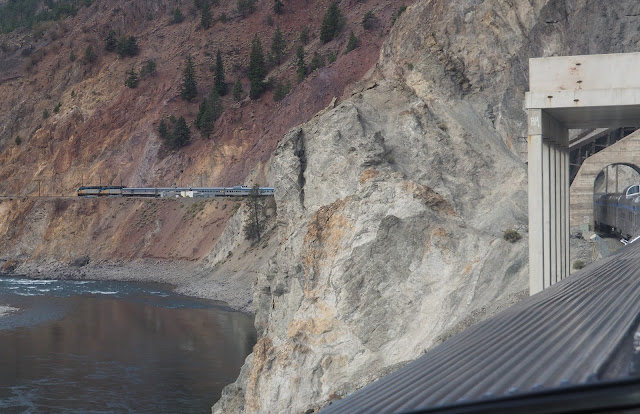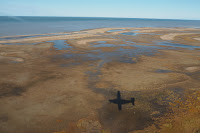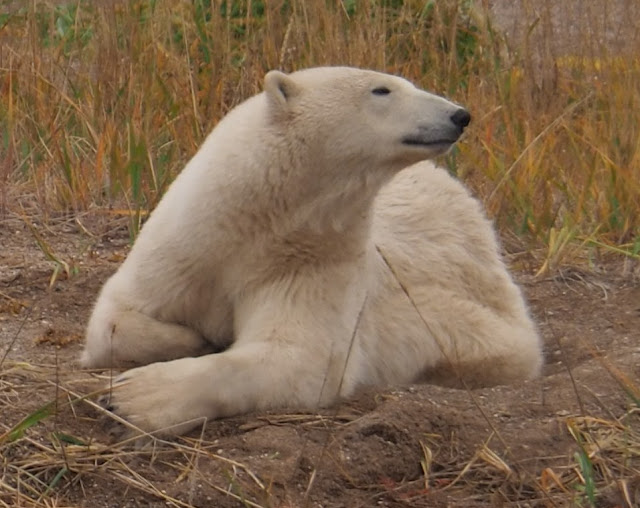 |
| Welcome on board! |
There’s no question about it, train travel has a romance about it.
Riding the rails is unhurried and part of the attraction is to roll with the stops and starts, the swaying motion and the schedules that literally go out the window.
Having walked the short distance from the Fort Garry Hotel to Winnipeg’s Union Station, we checked in and were ready to board VIA Rail’s Canadian on its continuing journey that had begun in Toronto, passing through Portage La Prairie, Saskatoon, Wainwright, Edmonton, Jasper, Kamloops and finally Vancouver.
 |
| Great view from the Prestige Park Car |
 |
| Cocktails in the Bullet Lounge |
We had splashed out on Prestige Class with its art deco Prestige Park car with bar, panorama viewing area up a short flight of stairs and “Bullet Lounge” at the very rear of the train.
 |
| Cabin by day |
 |
| Chocolates on the pillow |
The Prestige Sleeper cabin was spacious with a large window and leather L-shaped couch by day that converted to a double bed by night with adjoining ensuite bathroom and shower.
A minibar and TV with video selection completed this comfy set up.
 |
| Dining Car |
 |
| Dinner is served |
The restaurant car served a reasonably varied menu with views through large picture windows.
A golf cart whisked us to our assigned cabin at the end of the Union Station’s long platform.
Two engines and 17 cars, this snake of a train eventually pulled away as heavy freight traffic took priority on the rails. This trend continued throughout the three day, two night journey west to Vancouver. The morning ferry to the Island we had contemplated at the end of the journey turned into a late evening one.
 |
| Leaving cowboy country |
Despite the delays the journey was really enjoyable and while the transit through the Rockies became one by night in the rain, the journey onwards from Kamloops was spectacular.
A sunny day illuminated the changing landscape as the train wound its way through tunnels, skirting its way alongside the Thompson River and then the Fraser River and its journey through the Fraser Canyon and on to the Lower Mainland.
 |
| Above the Thompson River |
A very
enjoyable way to relax and ponder our earlier adventures with polar bears, wolves
and little known Provincial capitals.

















































